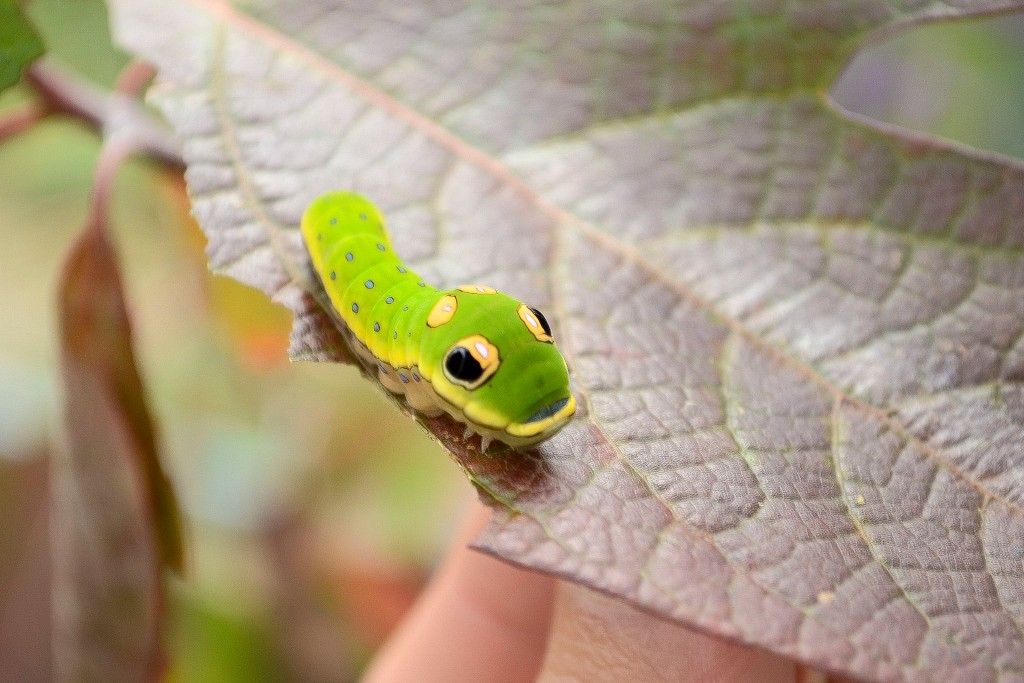Spicebush, with the botanical name of Lindera, grows in swamps and moist woodlands from Maine to Michigan and south to Florida and Texas, but it’s adaptable to drier sites and partial sun. It blooms in early spring on old wood and produces clusters of tiny chartreuse flowers that stud the bare stems. In full bloom, a bush looks a bit like a gentler version of forsythia.
This shrub has male and female flowers that occur on separate plants. The green leaves come out after the flowers and turn golden each fall. The female bushes produce shiny oval fruit called drupes that are showy in the fall and that the birds love.
Lindera is a host plant for the promethean moth and the spicebush swallowtail butterfly. The swallowtail has a striking green caterpillar phase. It has huge yellow and black spots, and its back looks like snake eyes to scare off predators.
Lindera shrubs are hardy in zones 4-9 and grow 8 ft. tall and 6 ft. wide. They enjoy part sun but will grow in deep shade, though put out fewer flowers. This shrub grows in most soils and naturalizes in swampy sites. Plant it at the edge of woods and in shade gardens, along streams and in bogs. It has few pests and is deer resistant.
This is Moya Andrews, and today we focused on native spicebush.










